1. Hot Wheels: A Toy to Sell Cars

When Hot Wheels debuted in 1968, it wasn’t just a toy line—it was a clever marketing strategy by the Mattel brand to promote full-sized cars. The miniature vehicles were designed with enough detail to attract both kids and adults, but the real genius behind the brand was its ability to associate these toys with real-world cars. This idea of creating little toy cars as a way to advertise actual vehicles took off, and it wasn’t long before Hot Wheels cars started to appear as die-cast replicas of popular models from companies like Ford and Chevrolet says the Autopian.
What seemed like just a fun collection of tiny vehicles became a bridge between toy and real-world car culture. Parents often found themselves purchasing these cars not only for their kids but for themselves, in a nod to the cars they owned or admired. Over the decades, the Hot Wheels brand continued to thrive, eventually expanding into a full-fledged marketing tool for the car industry adds the Washington Post.
2. G.I. Joe: Action Figures for the Military-Industrial Complex

The G.I. Joe action figures, first introduced in the 1960s, may seem like the quintessential boys’ toy, but they were also part of a larger marketing strategy designed to appeal to American militaristic ideals. The line was originally developed by Hasbro as a way to capitalize on the increasing interest in military-themed products, especially in the wake of the Korean and Vietnam Wars. The figures weren’t just toys—they were a symbol of strength, discipline, and patriotism, designed to represent a wide array of military branches shares Inkstick.
Though they became a favorite among kids, G.I. Joe figures were also a direct marketing effort by Hasbro to tap into the growing American fascination with war and defense. The brand evolved over time, moving from soldiers in a generic military context to more detailed characters with distinct personalities, but the roots of their success were firmly planted in selling American ideals adds the Nation.
3. Barbie: Selling the Dream House and More

Barbie, created by Ruth Handler and introduced by Mattel in 1959, is perhaps one of the most iconic examples of a toy created to sell something else—specifically, an idealized version of femininity. While kids loved dressing up their Barbie dolls in glamorous outfits, Mattel saw Barbie as a way to market a lifestyle, complete with Dream Houses, cars, and pets. Barbie’s ability to engage in various careers, from astronaut to doctor, was an early attempt at promoting aspirational values, not just entertainment.
The allure of Barbie wasn’t limited to the doll itself but to the entire universe of accessories and playsets that accompanied her. Over the years, Mattel expanded Barbie’s brand to include everything from themed vacations to her own fashion line, essentially transforming Barbie from a doll into a vehicle for selling a fantasy life.
4. The Easy-Bake Oven: Marketing the Kitchen to Kids
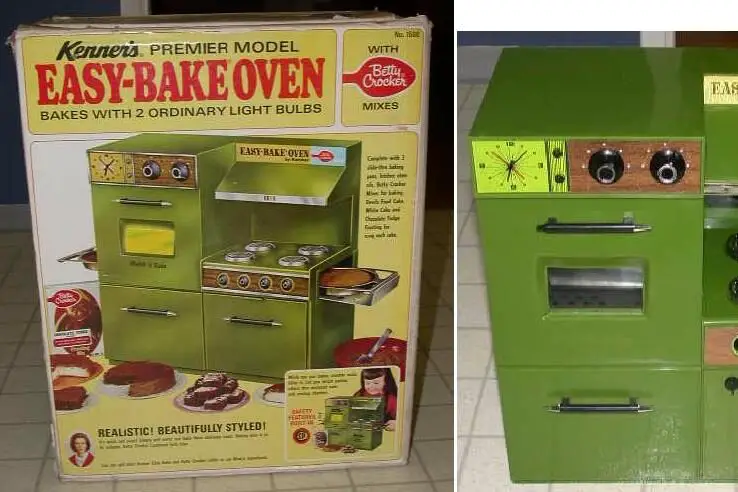
The Easy-Bake Oven, first introduced in 1963 by Hasbro, was marketed as the perfect toy for girls, teaching them the art of baking. But behind the scenes, this popular kitchen toy was an early attempt to encourage girls to engage with traditional homemaking tasks. At the time, it wasn’t just about a fun toy for baking—it was a clever way for toy companies to reinforce traditional gender roles, encouraging young girls to see cooking and baking as integral parts of their futures as women.
The Easy-Bake Oven was a classic example of using play to reinforce social expectations. While it may have seemed like an innocent way to get kids involved in the kitchen, it also subtly sold the idea of women as homemakers, a notion that would continue to be marketed in various forms over the years.
5. Rubik’s Cube: A Puzzle with a Hidden Purpose

Though the Rubik’s Cube became a global sensation in the 1980s, it wasn’t originally created to be a mere toy. Hungarian architect Ernő Rubik invented the cube in 1974 as a teaching tool for his students, designed to help them understand three-dimensional geometry. What started as an educational tool quickly turned into a marketing phenomenon when it was introduced to the mass market.
The Rubik’s Cube wasn’t just a challenging puzzle—it was a clever way to get people thinking about problem-solving and logic. Over the years, it became a symbol of intellectualism and brain power, turning the toy into much more than just a pastime but a global craze that marketed itself as an intellectual achievement.
6. Star Wars Action Figures: Tying Toys to a Movie Franchise
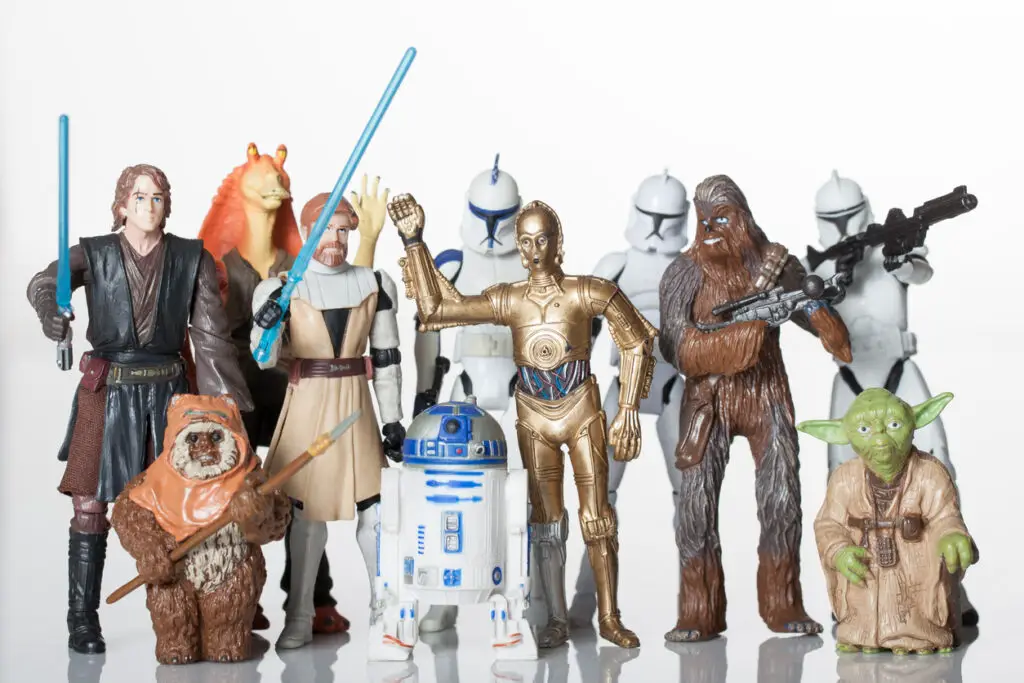
The Star Wars action figures, launched in 1977 alongside the film, were a perfect example of how toys were used to market a film franchise. Kenner, the toy company behind the figures, was initially hesitant to release action figures because of the film’s potential uncertain success. However, once Star Wars took off, the figures became a massive part of the movie’s cultural phenomenon, creating a successful marketing synergy.
The action figures weren’t just toys—they were a way for kids to interact with the movie on a deeper level. Through the figures, Star Wars became more than a film franchise; it was a full sensory experience that kids could engage with, promoting both the film and its expanding universe.
7. Lite-Brite: A Light-Up Marketing Tool for Creativity

When Hasbro introduced Lite-Brite in 1967, it wasn’t just a fun way for kids to create glowing pictures—it was a clever marketing tool designed to appeal to both parents and children. The toy allowed kids to insert colorful pegs into a light board to form designs that glowed, but it also subtly marketed creativity and artistic expression, which had a direct link to the burgeoning arts-and-crafts industry.
Lite-Brite didn’t just sell a toy—it sold the idea of hands-on creativity that parents could feel good about. As a result, Lite-Brite became an iconic toy that not only entertained but also positioned itself as a valuable educational tool for nurturing creativity.
8. Nerf Blasters: Turning Foam into a Brand

Nerf began as a line of foam balls introduced by Parker Brothers in 1968, marketed as the “world’s first official indoor ball.” However, the brand didn’t truly take off until it transitioned into foam dart blasters in the early 1990s. Nerf blasters became more than just a toy; they were a direct response to the growing market for action-packed, interactive play experiences.
What seemed like a simple toy turned into a brand with a massive following, and it wasn’t just about the toys themselves. Nerf has managed to brand itself as the ultimate choice for kids who want to engage in battle play, appealing to a more active, competitive type of play.
9. The Original View-Master: Marketing Through Experience

The View-Master, which was first introduced in 1939, began as a promotional tool rather than just a toy. Originally created by the Sawyers, a company specializing in stereoscopic imaging, the View-Master was initially marketed as a way to provide virtual “vacations.” Through its 3D images, it allowed people to experience scenic views and vacation spots without leaving their homes, effectively serving as a form of marketing for tourism.
By tapping into the thrill of travel and adventure, the View-Master cleverly sold an experience, not just a toy. What started as an advertising tool for tourism grew into a beloved childhood toy, eventually branching out into various themes, from cartoons to nature scenes, while maintaining its roots in experiential marketing.
10. Sky Dancers: A Toy That Was Actually a Flying Ad

Sky Dancers, which soared onto the scene in the late 1990s, weren’t just whimsical flying toys; they were part of a marketing scheme to capitalize on the growing popularity of “flying” toys. These dolls, attached to spinning propellers, were launched into the air with a pull of a string. But the real hook behind Sky Dancers wasn’t just their cool aerial abilities—it was the way they marketed fun, high-flying action that parents could enjoy seeing their kids have while simultaneously positioning the toys as part of a broader fantasy play environment.
Sky Dancers helped promote a new category of toys focused on active, physical play, taking advantage of the fascination with gadgets that fly and the attention these toys could get on TV commercials. In essence, the toy’s flight wasn’t just about entertainment—it was an advertisement for a larger brand identity that embraced action-packed, dynamic fun.
11. Cabbage Patch Kids: A Toy that Became a Phenomenon
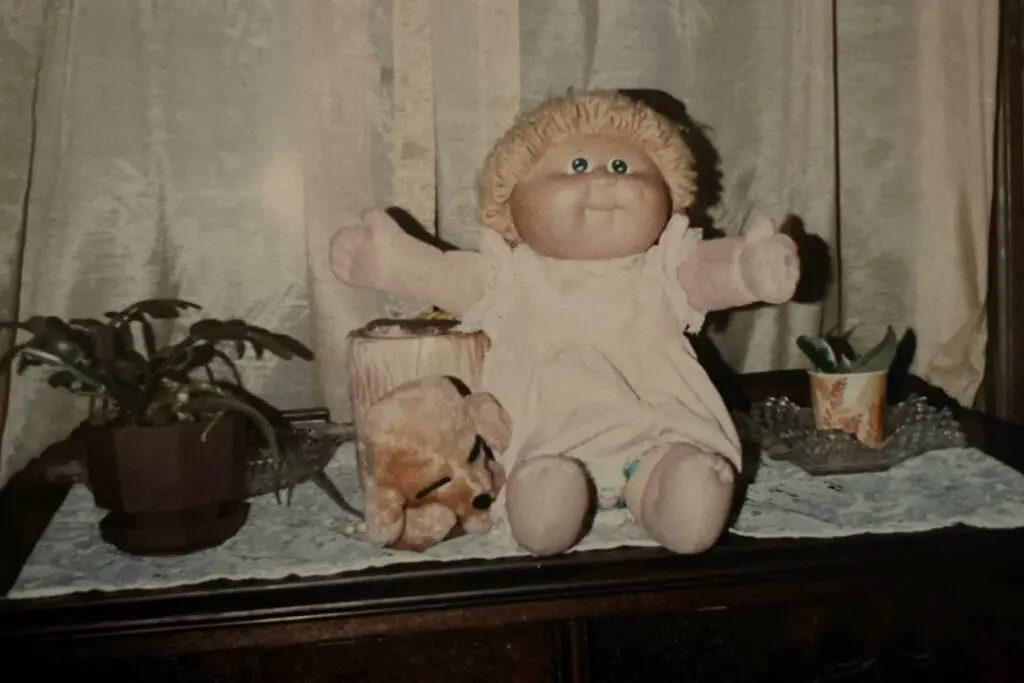
The Cabbage Patch Kids, which took the toy world by storm in the 1980s, were much more than just dolls—they were part of a carefully orchestrated marketing plan. Created by Xavier Roberts in the late 1970s, the Cabbage Patch Kids were originally designed to look like unique, hand-crafted dolls. However, once mass production began, they became the object of an intense marketing blitz, with parents lining up at stores to buy them for their children.
What set the Cabbage Patch Kids apart was their backstory—each doll had its own name and unique birth certificate, giving the dolls an air of individuality that made them feel more special. This marketing strategy made the dolls a collectible phenomenon, capitalizing on the desire for limited-edition toys.
12. Play-Doh: A Crafting Tool in Disguise
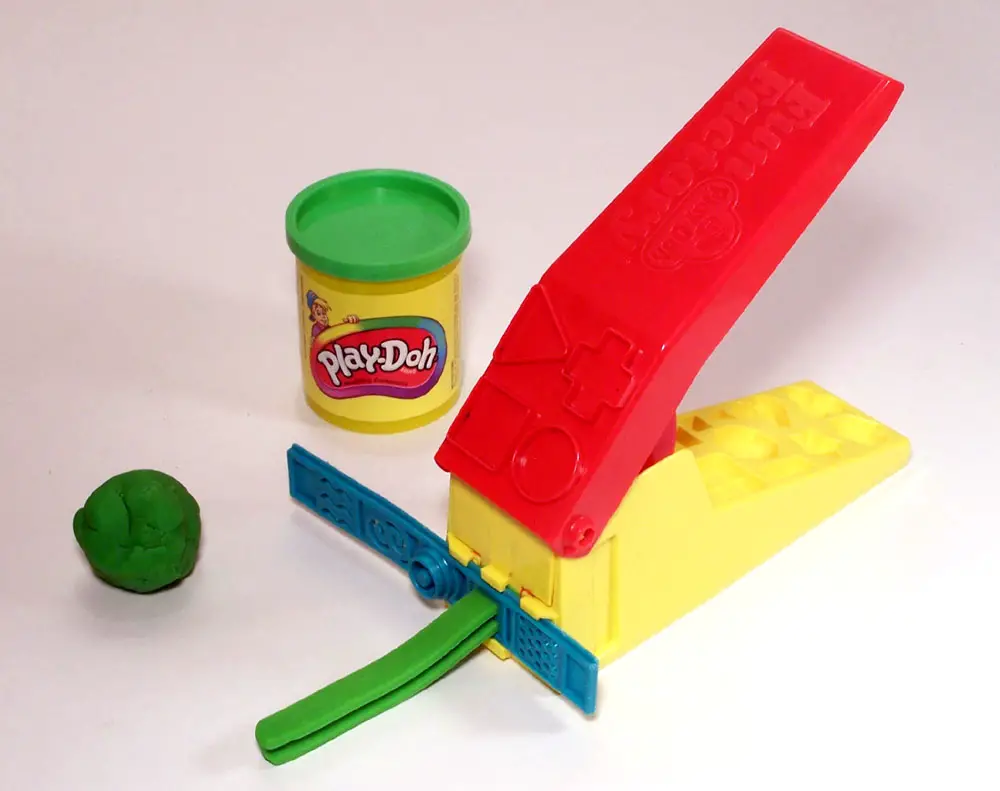
Originally created as a wallpaper cleaner in the 1930s, Play-Doh was rebranded in the 1950s as a children’s modeling compound. It was marketed as a fun and creative way for kids to shape and mold colorful objects, but its true purpose was to sell the idea of crafting and creativity to a new generation of children. The colorful dough was easy to manipulate and offered a unique tactile experience that appealed to parents looking for educational toys for their kids.
Through clever marketing, Play-Doh became associated not just with fun but with the educational value of creativity. It encouraged kids to experiment with shapes and textures, while also capitalizing on the growing trend of artistic and craft-based activities for children in the 1950s and 1960s.
13. Tamagotchi: A Digital Pet for Marketing Personal Care
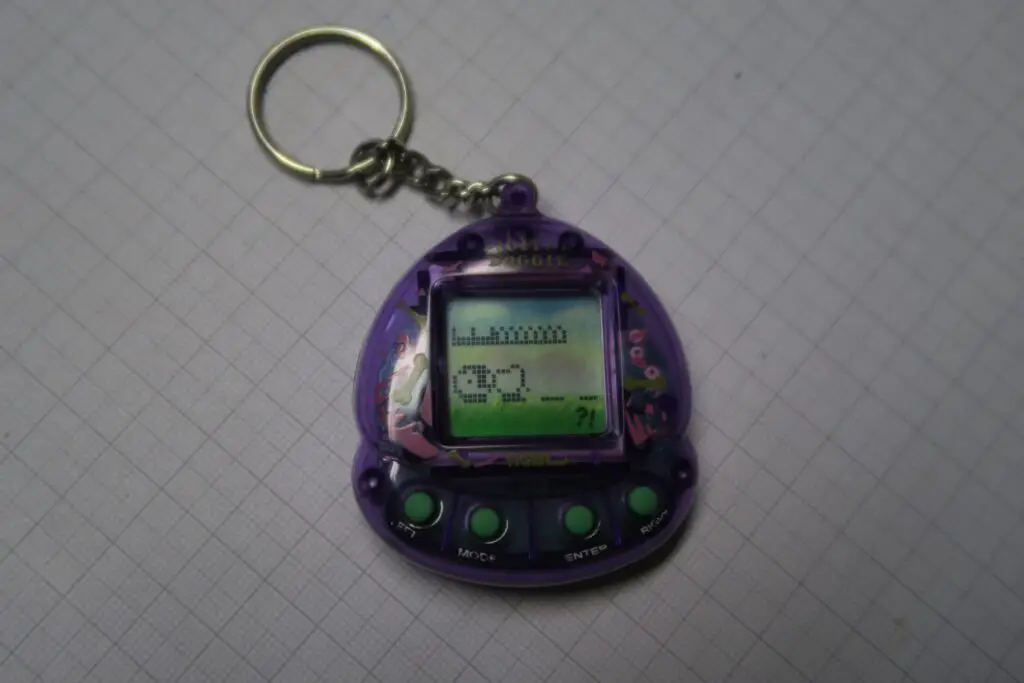
Tamagotchis were one of the first digital pets to capture the imagination of children around the world, but their appeal went beyond mere entertainment. Introduced in 1996, these handheld devices marketed the concept of digital caregiving. The tiny pets required attention, feeding, and care, offering an early form of what would later evolve into smartphone-based pet apps.
Tamagotchis weren’t just toys; they were a way to teach responsibility and digital interaction. Through their marketing, they tapped into the desire for pet ownership, but with the added twist of using technology to simulate care—appealing to both kids and the growing digital culture.
